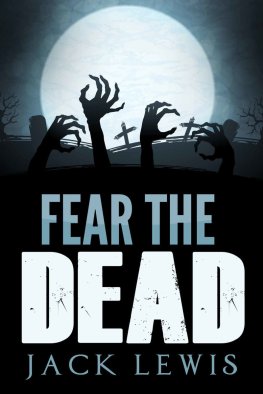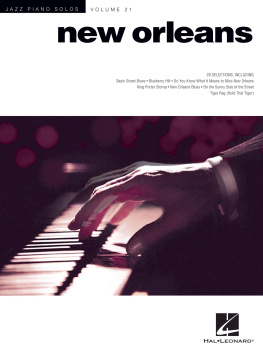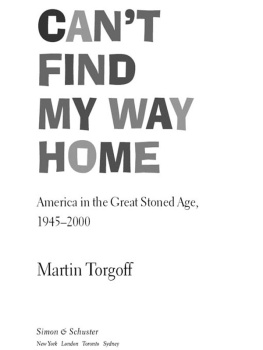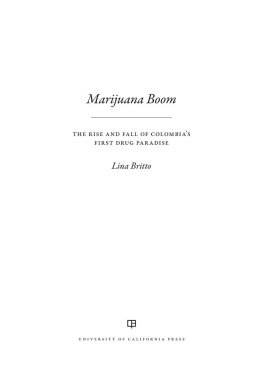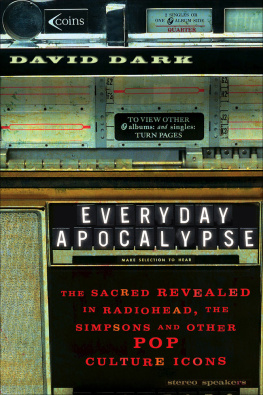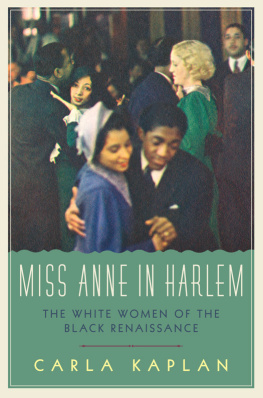Copyright 2016 by Martin Torgoff
Permissions Acknowledgments appear .
All rights reserved. No part of this publication may be reproduced, stored in a retrieval system, or transmitted, in any form or by any means, electronic, mechanical, photocopying, recording, or otherwise, without the prior written permission of the publisher. Printed in the United States of America. For information, address Da Capo Press, 44 Farnsworth Street, Third Floor, Boston, MA 02210.
Designed by Jeff Williams
Set in New Baskerville by Perseus Books
Cataloging-in-Publication data for this book is available from the Library of Congress.
ISBN: 978-0-306-82475-3 (hardcover)
ISBN: 978-0-306-82476-0 (e-book)
Published by Da Capo Press, an imprint of Perseus Books, LLC, a subsidiary of Hachette Book Group, Inc.
www.dacapopress.com
Da Capo Press books are available at special discounts for bulk purchases in the U.S. by corporations, institutions, and other organizations. For more information, please contact the Special Markets Department at Perseus Books, 2300 Chestnut Street, Suite 200, Philadelphia, PA 19103, or call (800) 810-4145, ext. 5000, or e-mail special.markets@perseusbooks.com.
E3-20161223-JV-NF
To my wife, Laura Confidante, helpmate, best friend, lover, heart, and soul
I could hear the election returns and then Nixons victory speech filtering down to me from the upstairs den where my parents were watching television. It was November 5, 1968, the night Richard Nixon was elected president. As we huddled conspiratorially in the darkened basement of our house, my sister placed a wet towel under the basement door so that my parents wouldnt be able to smell what was about to transpire.
Here, she said, placing a hookah pipe in my hands.
I was sixteen years old at the time, a high school junior; Carole was four years older, lately a burgeoning hippie around our town on the north shore of Long Island, where I had lived my entire life. We were sitting cross-legged on an old Persian rug down in that black-lighted sanctuary of hers, exactly as I had observed her sitting with her beaded, long-haired, leather-fringed friends over recent months. I was goggle-eyed at the exotic illegality of it all. A sense of fear overwhelmed me as I took the pipe, but mixed with the delectation that comes from being about to do something forbidden. My sister could tell that I was waffling at the last minute, and just to make sure that I would get totally and unequivocally blasted that very first time, she delivered long and highly detailed instructions about how to inhale and exactly how long to hold the smoke in my lungs before I was permitted to exhale. Never one to do things halfway, she then shaved little pieces off a black, gooey little ball she produced from tin foil, and mixed it in with the bowl of leafy green substance.
This is hash , she explained patiently. Hashish . Its just like pot, only a little stronger. You put em together, and its called an Indian mixture. She struck a kitchen match, smiling, and held it to the bowl. It was obvious that she intended to monitor this operation very closely. Dont worry, itll only intensify the effect.
How right she was. Thirty minutes and innumerable bowls passed. My lungs felt like they were on fire. I could feel the beginnings of a warm, tingly feeling spreading up the back of my neck. She peered into my eyes and smiled knowingly. What do you feel ? Do you feel different ? Are you stoned ?
I dont know, I stammered. Im not sure.
I wasnt certain of what I was feeling, except that with her flashing dark eyes and high cheekbones and long dark hair parted in the middle, my sister had transformed into a beautiful Native American girl right before my eyes. Lights began whirling across my field of vision in phaser-like traces, like square dancers at some demented psychedelic hoedown. I must have looked like I was seeing a ghost, because all she could do was laugh at me.
Oh, yeah, you dont know if youre stoned ? Well, let me tell you, then, youre wrecked . Come on over here and Ill prove it to you. She led me over to her little stereo, like a lamb to slaughter. Here, put your head right between those speakers. Thats right, closer
I did as I was told, and she put on Blue Jay Way, from the Magical Mystery Tour album. To this day, more than forty years later, I still find it difficult to find the words to describe the feeling that came over me as my head filled with the swelling dirge-like organ as the song faded in, except to say that I felt the music and the lyrics Theres a fog upon LA to the very roots of my soul. And that was how it all began for me, those solitary afternoons of experimentation and self-discovery down in the basement after school, my head between those tiny speakers. When it all came to an end twenty years later, I was thirty-seven, hitting rock bottom on drugs and alcohol and facing the desperate realization that my very survival was in question. How had I gotten there? As I began a new sober life, I realized that recovery had no more produced easy answers about drugs than their use had. Instead, I was forced to wrestle uneasily with the meanings and consequences of the drugs I had taken, no more willing or able to deny the self-expansion of my experiences than I could the state of addiction that had ended my journey. I was aware that some of the substances Id taken had benefitted me and that others had damaged me; perhaps most of all, I was aware that they had changed me. I began thinking about how they had changed my generation, and that led to thinking about how they had changed my country.
When I decided to write about all of this, I realized that the best way to start would be to tell the story of how the marijuana that so altered my life had found its way into a typical middle-class suburban basement on the north shore of Long Island in November of 1968. It was the beginning of a twelve-year odyssey that led to the publication of a book, Cant Find My Way Home: America in the Great Stoned Age, 19452000 (Simon & Schuster, 2004), and a television series based on the book called The Drug Years , both of which told the story of how the use of illicit drugs went from the underground to a mass experience that one in four Americans have come to know, and how that has shaped the cultural landscape of this nation . This book tells the story of the underground itselfin essence, how the use of drugs entered the DNA of modern American popular culture in the first place.
In February of 1964, only four years before my virgin marijuana experience, the Beatles smoked pot for the first time when Bob Dylan, thinking that the lyrics to I Want to Hold Your Hand were I get high instead of I cant hide, showed up at the Plaza Hotel, where the Beatles were staying, with a pack of rolled joints. This single event would have worldwide repercussions. It didnt take long before the Beatles were smoking marijuana for breakfast, as John Lennon later described it, which turned them into glazed eyes giggling all the time. In our own world. As Paul McCartney commented, This was beginning to get into that period when people were sort of giving up the drink which had been the stimulant of the times, and were getting into herbal jazz cigarettes, and it was changing things.
Herbal jazz cigarettes a telling turn of phrase. McCartneys description of marijuana says a lot about how it would have entered the life of someone like Bob Dylan in the first place, before it ever came to the Beatles. The roots of drug use by the baby boom counterculture that I was a part of are to be found in jazz and the Beat Generation, two subcultures that commingled beginning in the 1940s and continuing up through the 1950s. Drug-using musicians like Charlie Parker were models for aspiring young writers and poets like Jack Kerouac and Allen Ginsberg, who, in turn, incorporated the use of drugs into a new literary aesthetic. This book is largely the story of the evolution of jazz and its relationship to the Beats: the first time that drug use coalesced with music and literature, becoming a central element in the creation of an avant-garde American voice and underground cultural sensibility. During these decades, the use of marijuana and other substances became a truly interracial and multicultural nexus of American experience. Call it what you willwords like


